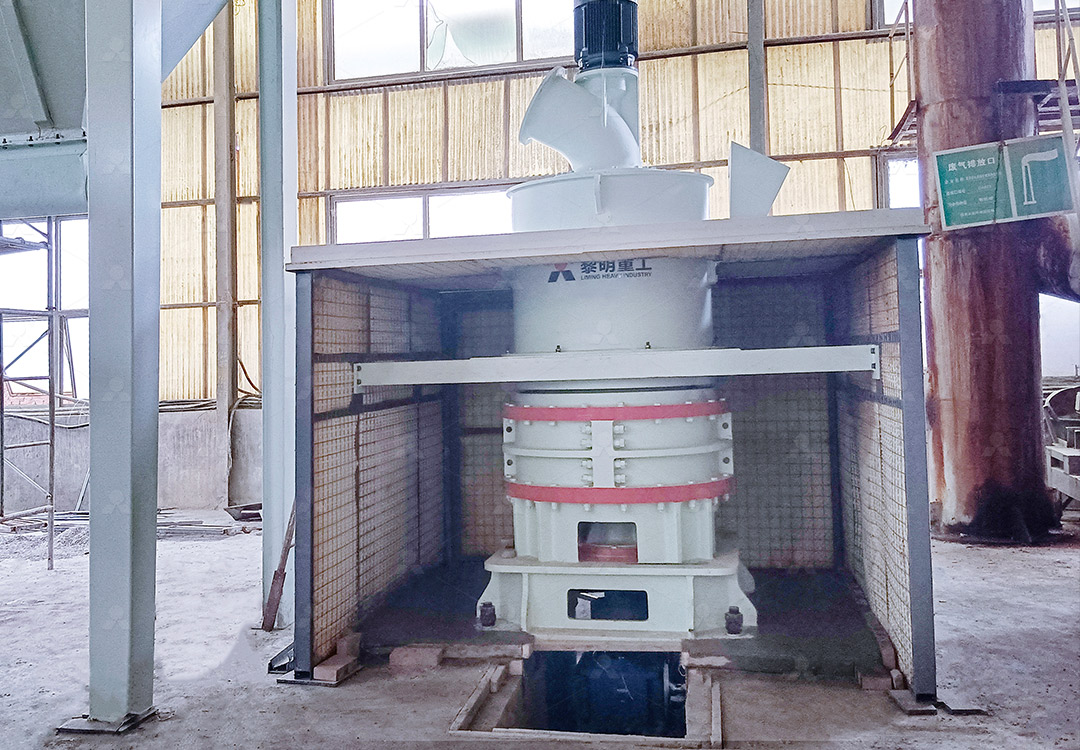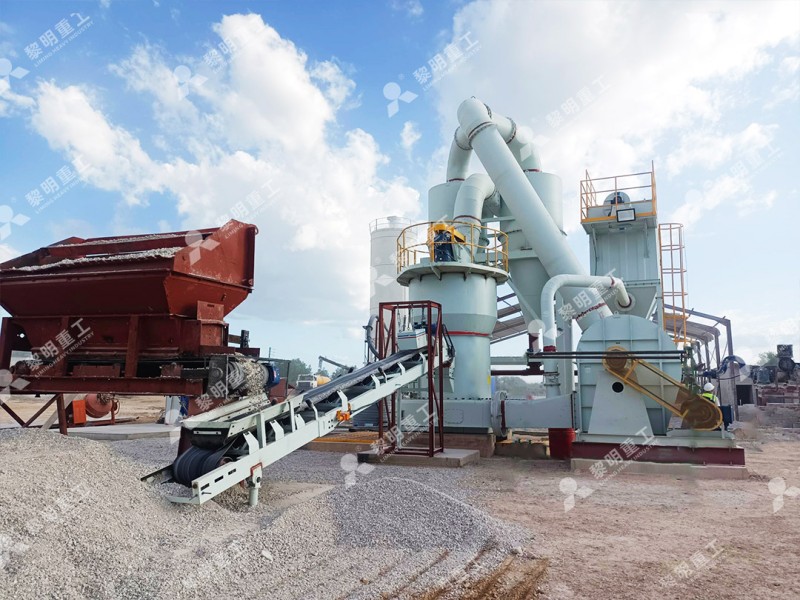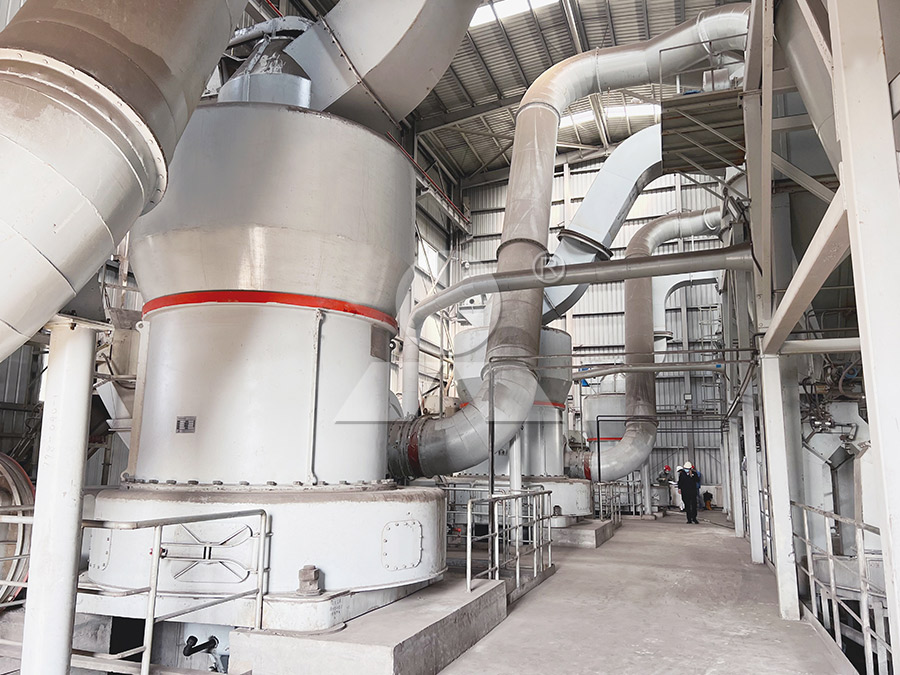Stone Grinding Mill Production Line Cost and Price Analysis
Stone Grinding Mill Production Line Cost and Price Analysis
Investing in a stone grinding mill production line requires careful consideration of both initial capital expenditure and long-term operational costs. The total investment encompasses equipment purchase, installation, infrastructure, energy consumption, maintenance, and labor. Understanding these factors is crucial for making an informed decision that balances performance with profitability.

Key Cost Components
The primary cost drivers in a grinding mill production line include equipment quality, production capacity, energy efficiency, and maintenance requirements. High-quality mills with advanced features typically command higher initial prices but deliver superior long-term value through reduced downtime, lower energy consumption, and minimal maintenance needs.
Energy consumption represents one of the most significant ongoing expenses in grinding operations. Traditional ball mills can be energy-intensive, while modern vertical mills and ultrafine grinding systems offer substantial savings. For operations requiring ultra-fine powder between 325-2500 meshes, the MW Ultrafine Grinding Mill presents an excellent solution with its 40% higher production capacity compared to jet mills and 30% lower system energy consumption.
Production Efficiency and ROI
Production efficiency directly impacts your return on investment. Mills that can process materials quickly with minimal waste generate higher profitability. The MW Ultrafine Grinding Mill achieves this through newly designed grinding curves of grinding roller and grinding ring, enhancing grinding efficiency significantly. With capacities ranging from 0.5-25 tph and handling input sizes up to 20 mm, this machine suits various production requirements.

Another critical consideration is operational stability. The MW Ultrafine Grinding Mill’s innovative design eliminates rolling bearings and screws in the grinding chamber, preventing common failure points and reducing maintenance downtime. The external lubrication system allows for continuous 24-hour operation without shutdowns for maintenance.
Environmental Compliance Costs
Modern grinding operations must address environmental regulations, which can add significant costs if not properly considered upfront. The integrated pulse dust collector and muffler in the MW Ultrafine Grinding Mill effectively control dust and noise pollution, ensuring compliance with national environmental standards without additional investment in auxiliary equipment.
For operations requiring different specifications, the LUM Ultrafine Vertical Grinding Mill offers another excellent option with input size of 0-10 mm and capacity of 5-18 tph. Its double position-limiting technology ensures stable operation, while the reversible structure simplifies maintenance procedures.
Long-Term Value Considerations
Beyond the initial purchase price, consider the total cost of ownership over the equipment’s lifespan. Factors such as spare parts availability, technical support, and potential production losses from downtime significantly impact long-term costs. Choosing a manufacturer with comprehensive after-sales service and genuine spare parts availability ensures worry-free operation and protects your investment.

The digitalized processing and high-precision manufacturing of modern grinding mills like the MW series contribute to longer service life and consistent performance. With operations such as steel plates’ cutting, bending, planing, milling and paint spraying all controlled numerically, these machines deliver exceptional reliability and precision.
Frequently Asked Questions
What is the typical payback period for a grinding mill investment?
Payback periods vary based on production volume and material processed, but energy-efficient mills typically show returns within 12-24 months through reduced operational costs and increased production capacity.
How does the MW Ultrafine Grinding Mill achieve lower energy consumption?
Through optimized grinding curves, efficient powder separation technology, and the elimination of energy-intensive components, the MW mill reduces system energy consumption by 30% compared to traditional jet mills.
What materials can be processed with these grinding mills?
The MW Ultrafine Grinding Mill handles limestone, calcite, dolomite, petroleum coal, gypsum, barite, marble, talc, coal powder, and various materials for chemical, paint, cosmetics, medicine, and food additive industries.
How important is after-sales support when selecting a grinding mill?
Extremely important. Comprehensive technical support, genuine spare parts availability, and responsive service significantly reduce downtime and protect your investment long-term.
